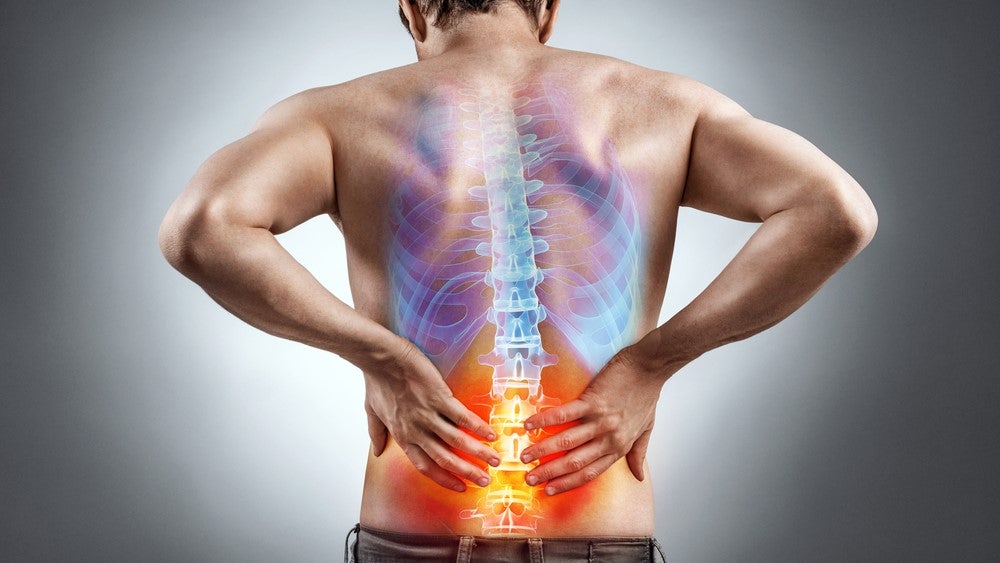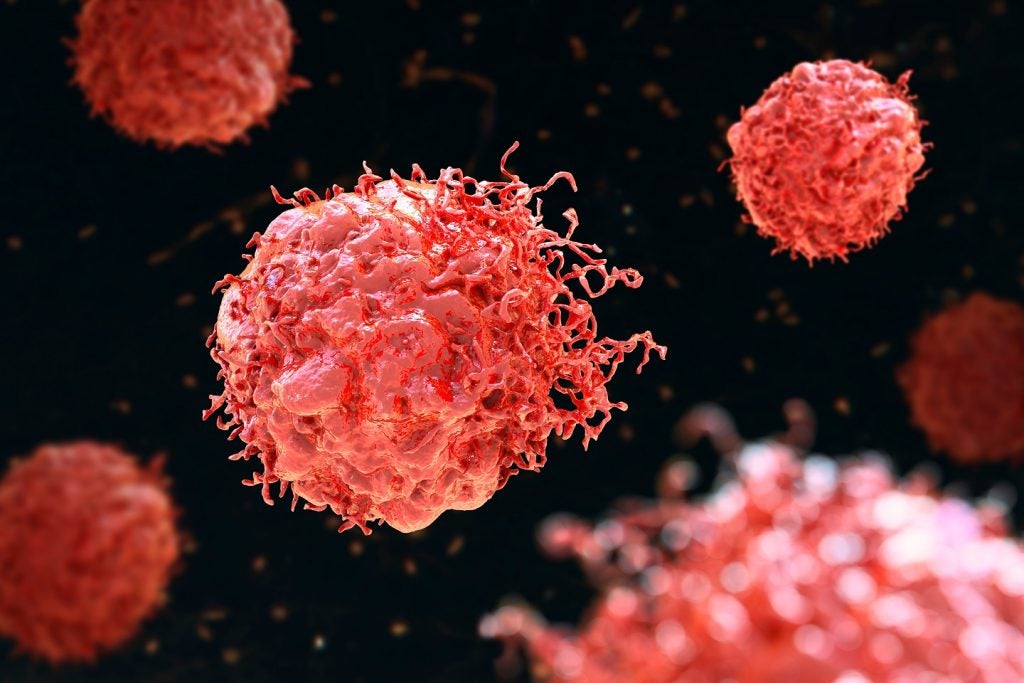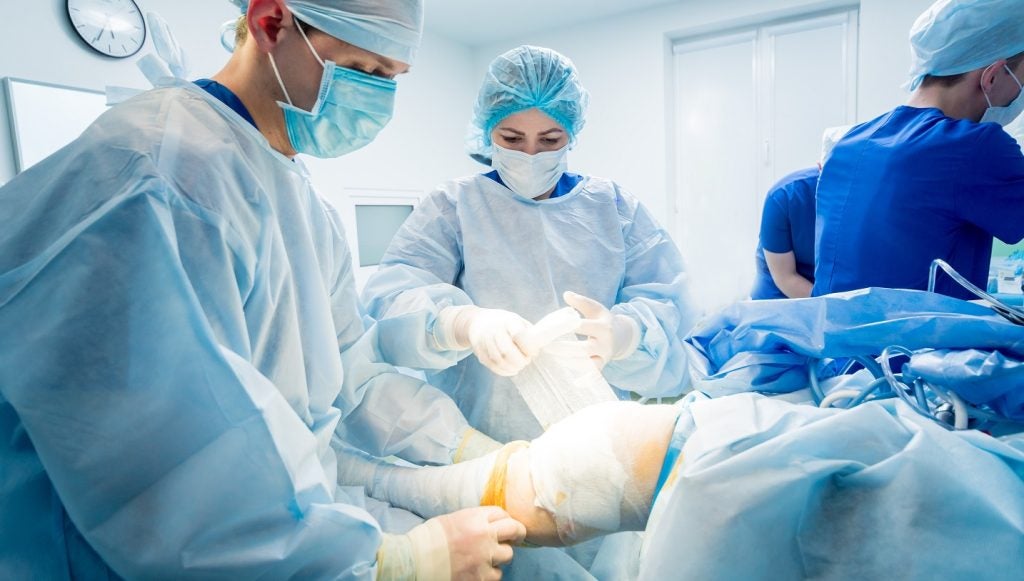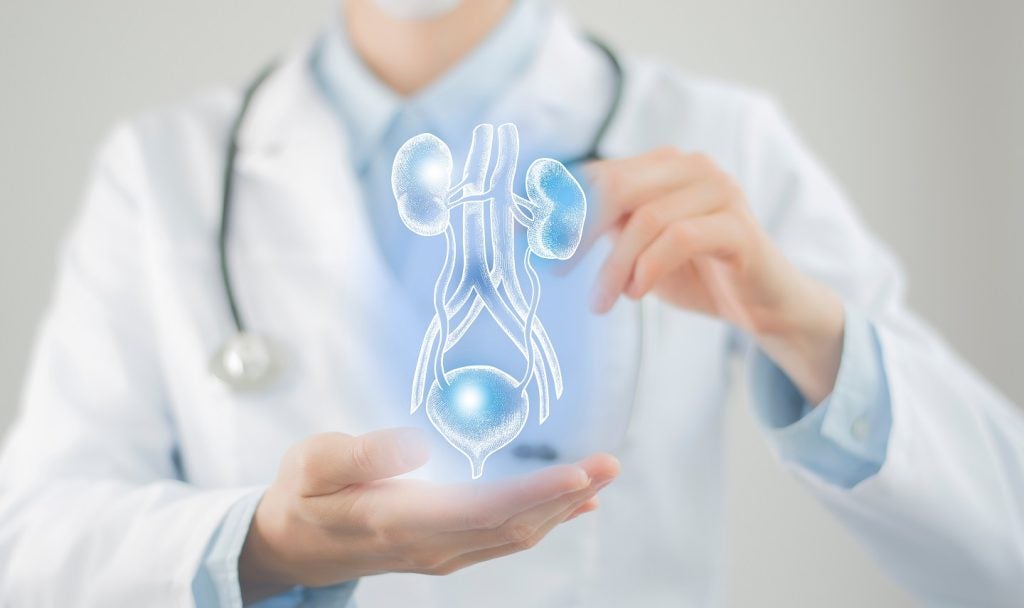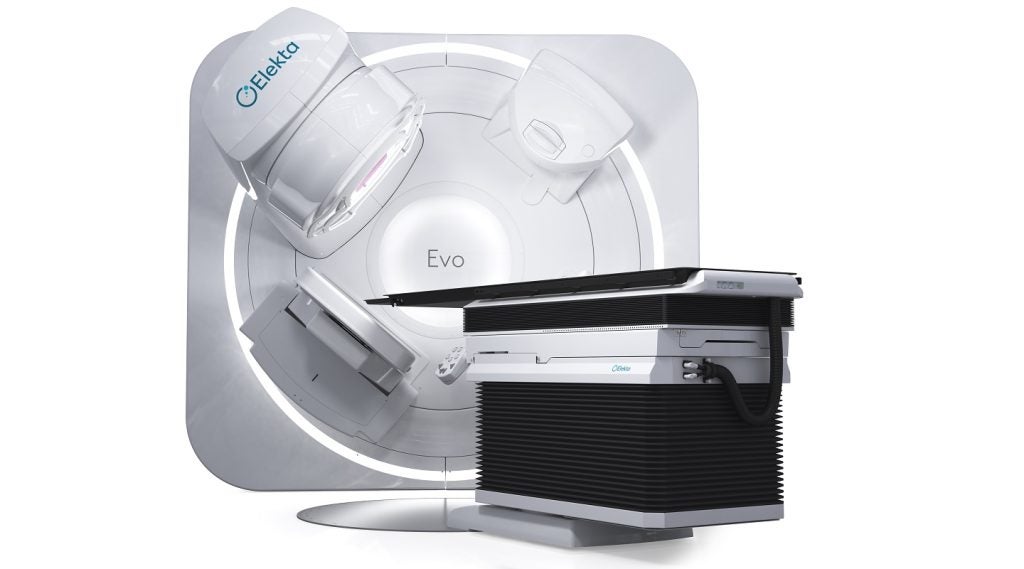Scientists at the University of Birmingham, UK, have developed a method to repair nerve connections for patients with spinal cord injury (SCI) using red and near-infrared light.
The light therapy method, otherwise known as photobiomodulation (PBM), which aims to improve healing and reduce inflammation by the application of low-intensity red and near-infrared light from lasers or LEDs, involves sending light directly to the site of injury.
Led by professor Zubair Ahmed, the researchers used cell models of SCI to determine the frequency and duration of light required to achieve maximal restoration of function and stimulate nerve cell regrowth.
Published in the journal Bioengineering and Translational Medicine, the team’s research indicates there is an optimal ‘dose’ for the therapeutic approach, and that it can realise therapeutic improvements for SCI patients including the restoration of sensation and movement, and the regeneration of damaged nerve cells.
The team found that delivering red light at a wavelength of 660 nanometres for one minute per day increased cell viability by 45% over five days of treatment.
Professor Ahmed said: “Excitingly, this aspect of the study showed the effect of 660nm light was both neuroprotective, meaning it improved survival of nerve cells, and neuroregenerative, meaning it stimulated nerve cell growth.”
By using an implantable device and transcutaneous delivery, where the light source is placed against the skin, the team also investigated the effects of light therapy in pre-clinical models of SCI.
This study showed comparable results for both delivery methods, with a one-minute dose of 660nm light, delivered daily over seven days, resulting in reduced tissue scarring at the site of injury, significant functional recovery, and increases in the levels of proteins associated with nerve cell regeneration and improvements in the connections between cells in the injured area of the spine.
The research team says it is the first time transcutaneous and direct delivery of light have been compared in SCI and described the results of its study as a milestone.
Andrew Stevens, first author of the study and Honorary Neurosurgery Registrar said: “This concept is incredibly exciting as it could offer surgeons the opportunity during the same operation to implant a device which could help protect and repair the spinal cord itself."
The research team stated it is now seeking commercial partners or investors to take the next steps towards developing a prototype device that can be taken into first-in-man clinical trials.
Professor Ahmed continued: “To make light therapy viable for treating SCI in humans an implantable device will be required, to provide a line of sight to the damaged tissue and provide the opportunity for greater accuracy and standardise dosing without impedance due to the thickness of the skin and other tissues surrounding the spinal cord.”
Medtronic recently secured approval from the US Food and Drug Administration for its closed-loop spinal cord stimulation (SCS) device, designed to adjust stimulation in real-time, for the treatment of chronic pain.
Medical Device Network recently spoke with Neurosoft CEO and co-founder Nicolas Vachicouras about the future of neurorehabilitation.
GlobalData estimates that the overall market for neuromodulation devices is predicted to reach a market value of $10.7bn in 2030, up from $9bn in 2023.


